Comfort home cooking in Italy
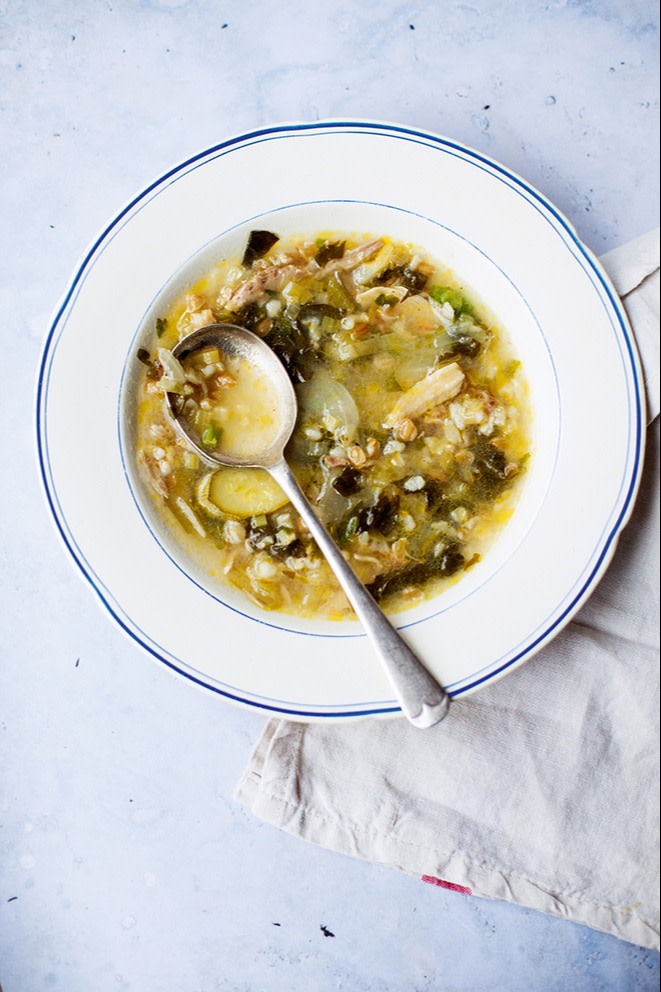
Roula Khalaf, Editor of the FT, selects her favourite stories in this weekly newsletter.
I consider myself lucky to have been in lockdown in Settignano, on a Florentine hilltop, with my husband Marco and our two daughters, who are seven and nearly two. It’s a peaceful, sleepy neighbourhood where everyone knows each other. The one main street leads steeply and quickly into the dense cypress woods where Renaissance sculptors like Michelangelo collected the grey pietra-serena stone that still adorns the historical centre of Florence down below. It feels almost like a countryside village compared to the centre. Somehow, it feels like a safe place too. Perhaps not by chance, Giovanni Boccaccio (whose family home is down the road) set his 14th-century masterpiece The Decameron here, where 10 friends effectively quarantine in a villa together and tell stories to pass the time while the Black Death ravages Florence. I’ve found this strangely comforting during the current pandemic.
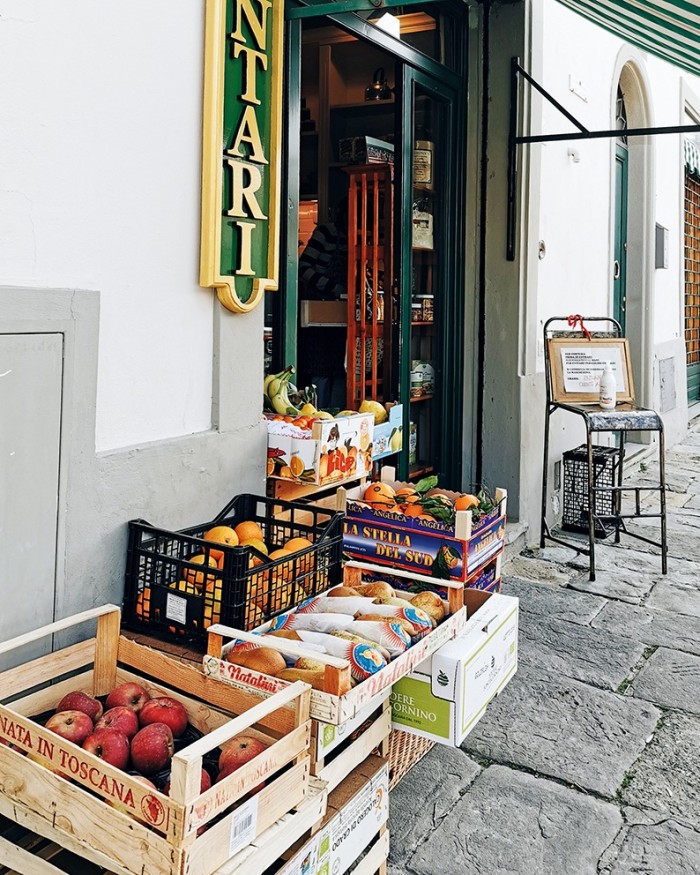
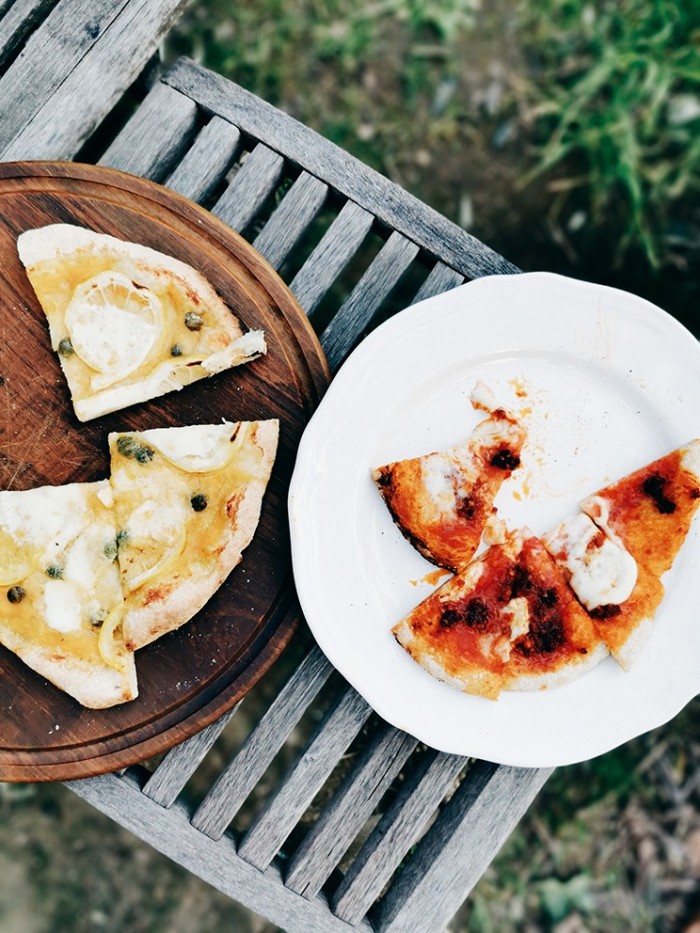
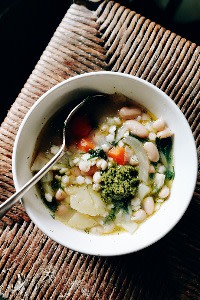
For more than a month we saw everything but the few essential shops close. Schools closed for even longer. Parks and gardens remain locked; going for walks is discouraged. Marco, a sommelier at a Michelin-starred restaurant, has already used up all of this and next year’s holidays while quarantined at home. In a way, these long, strange days are reminiscent of stifling August in Florence, when there’s a mass exodus and everyone (except us) flees to the seaside: restaurants, gyms and cinemas close, streets are empty and friends are gone. We are well-practised at isolation.
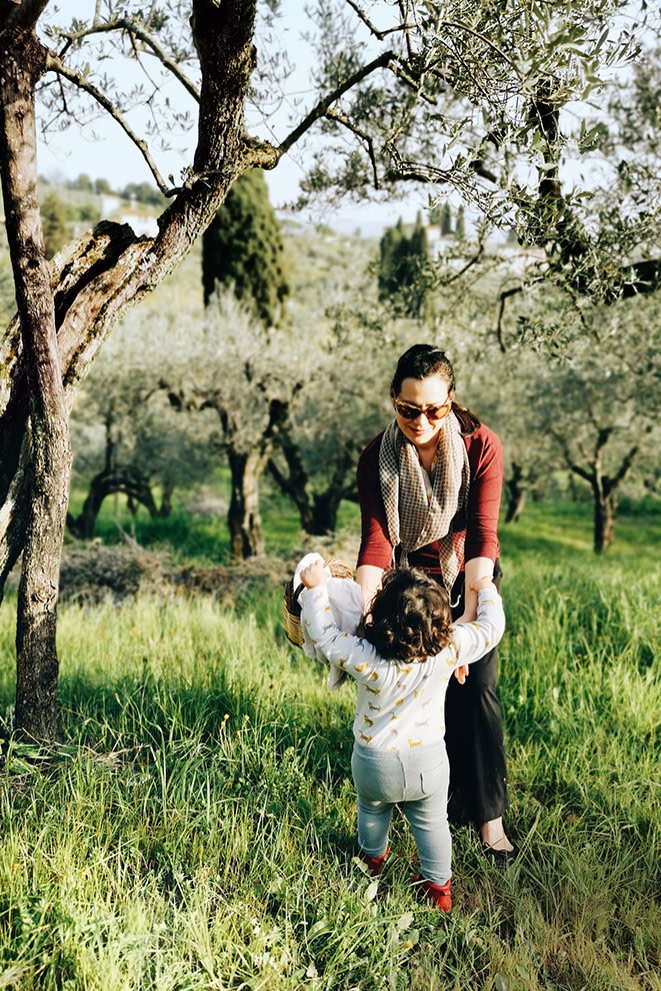
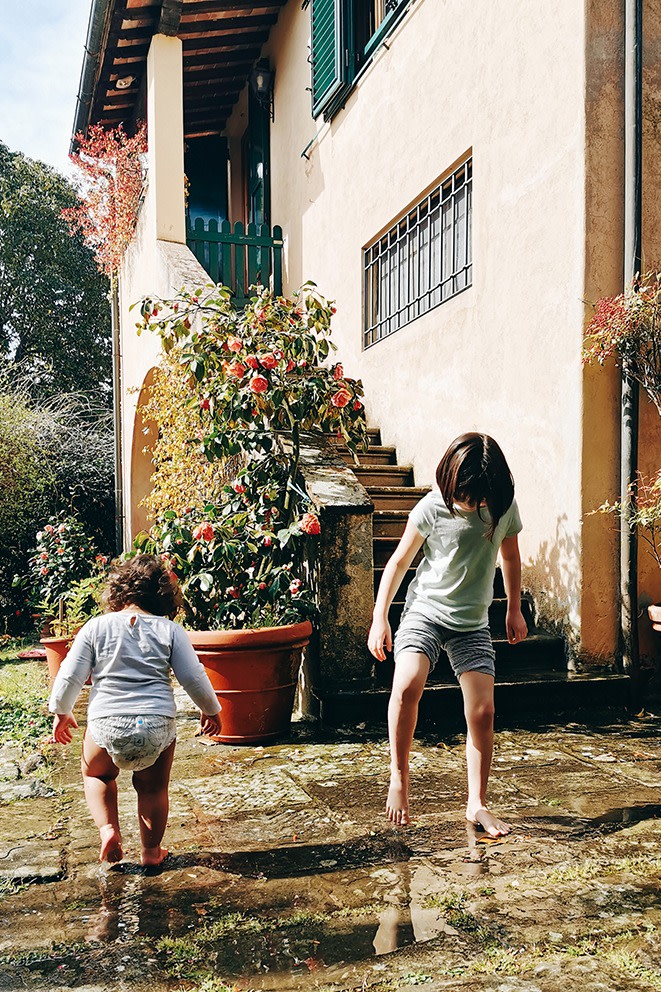
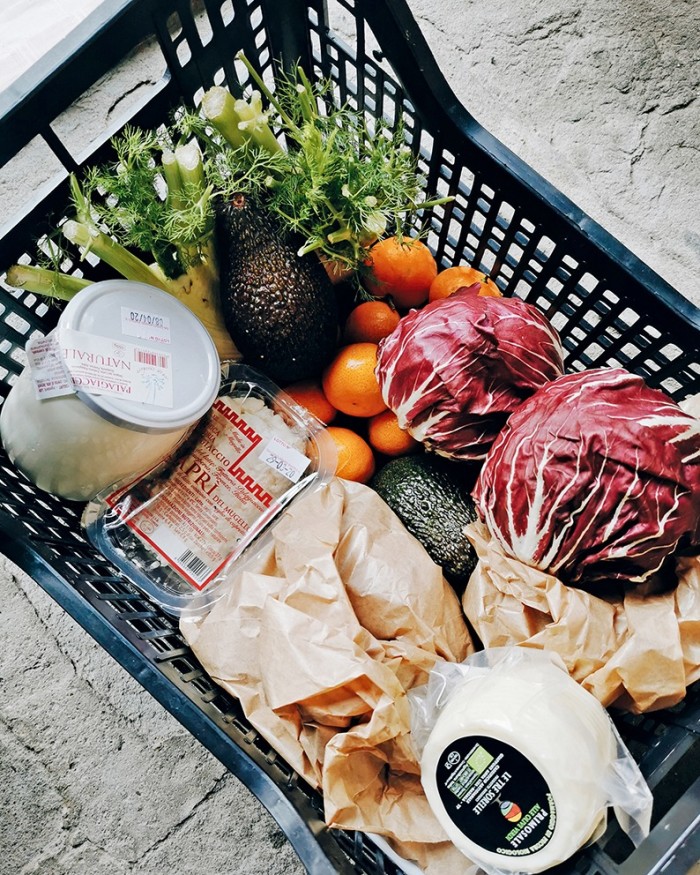
Thankfully, we haven’t experienced many food shortages; panic-buying was shortlived (there was a weekend early on where the pasta aisles were emptied) and spring has brought an abundance of produce. But flour and yeast are still quick to leave the shelves – it seems that everyone is baking their hearts out, us included. Cooking has always been my ideal remedy and distraction to any problem – a rainy day, heartache, homesickness, writer’s block. There is a kind of mindfulness to cooking that makes it grounding and joyful. The perfume of a cake baking in the oven, or the sizzling of onion in olive oil, is a familiar, reassuring, heartwarming smell. A thing of certainty during this period of so much uncertainty.
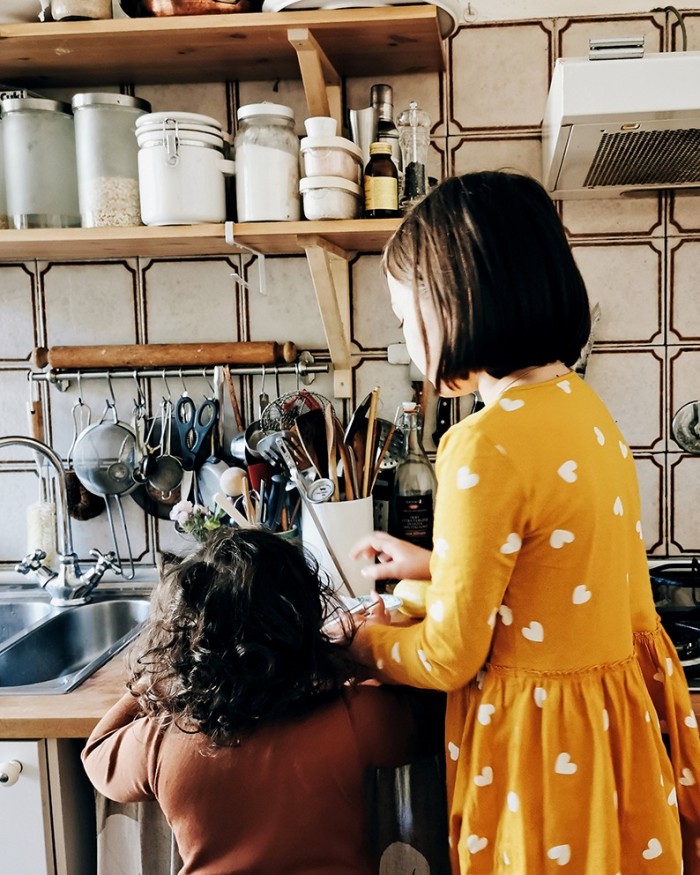
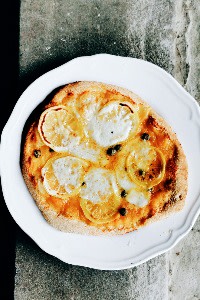
As a family, cooking has kept us not only inspired and nourished but has entertained us; it has been something to look forward to, to structure the long day around. We may miss going out on trips, seeing friends or having Sunday lunch with nonna, but in isolation I’ve swapped more recipes than ever – with my neighbour from her window, with strangers over social media and with my mother and my mother-in-law over video calls. Cooking brings us together, lets us travel with our tastebuds and keeps us connected during these stressful times. Marco has revived a years-old sourdough project that never had a chance to get off the ground until now. Mariù, my eldest, and I have been making recipe videos of her kitchen endeavours – rolling pasta, making pizza, decorating cakes, flipping, frying, mixing. Luna, the littlest, joins in with egg-cracking and bowl-licking.
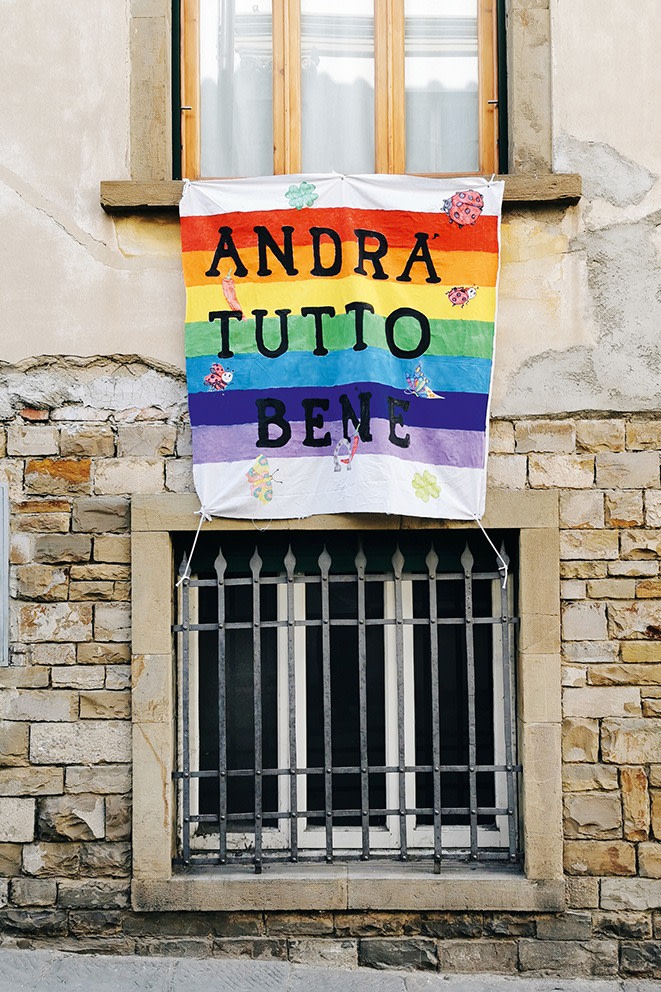
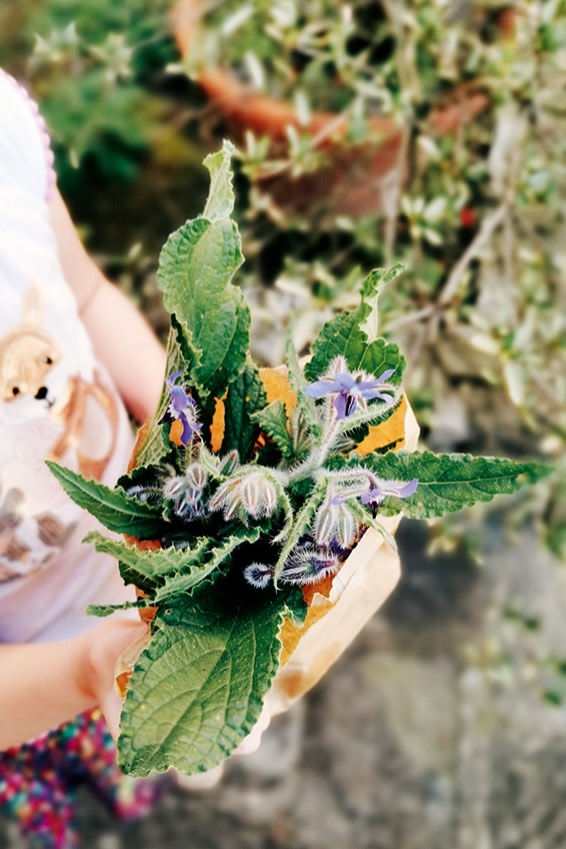
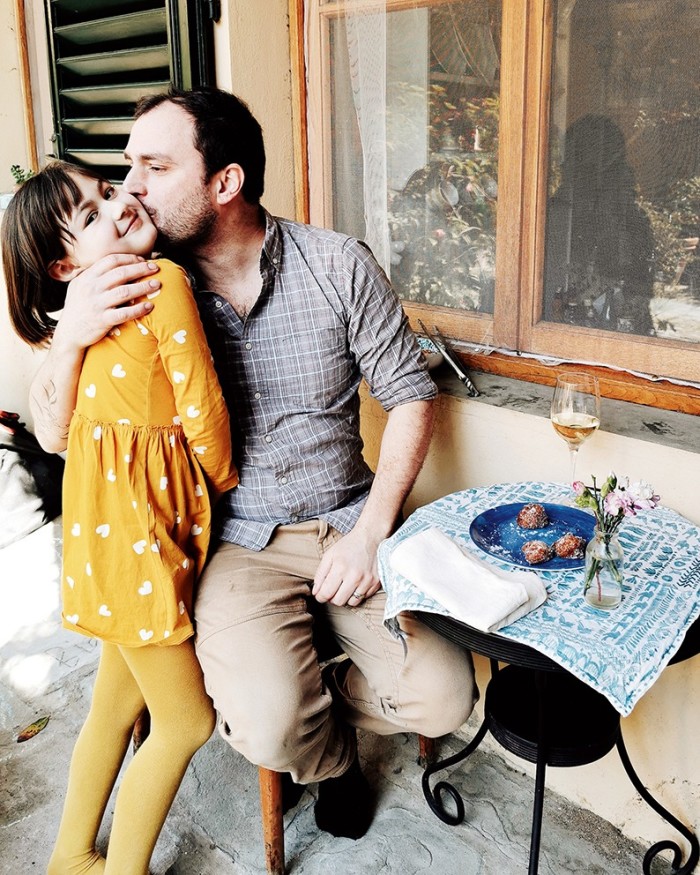
I find myself drawn even more than usual to the resourcefulness of Tuscany’s frugal, simple, inherently comforting cuisine, finding ways to “make do” with what we have at home. We fall back on our favourite family dishes. We aren’t stressing about whether the kids are eating their vegetables; we are eating all the cakes we bake and having that glass of wine for daily aperitivo – whatever brings a smile and keeps everyone relaxed. When it comes down to it, the act of cooking itself is as great a comfort as the eating.
Chicken and farro minestrone
The beautiful thing about minestrone is that you can (and should) adapt it to what you have. It doesn’t take much effort – just a bit of time. I like to use two Marylands (the thigh and drumstick cut out of a whole chicken) that cook in the soup, creating their own stock. You only really need the meat from one for the soup itself; the rest I’d shred to use in chicken sandwiches with mayonnaise, walnuts and celery the next day. For a meat-free version, you can substitute the chicken with tinned chickpeas, cannellini or other legumes (add them at the end with the greens).
Serves 4-6
1 leek or small onion, finely sliced
1 clove garlic, finely chopped
1 small vegetable of choice (fennel, potato, tomato, for example), diced
3 tbsp extra-virgin olive oil
60ml (⅟₄ cup) white wine (or water)
2 bay leaves
2 whole chicken Marylands
Handful of farro (or rice, barley or small pasta such as risoni)
A few leaves of chopped greens (chard, cabbage, spinach, kale), if you have them
Salt and pepper to taste
Juice of 1 lemon
Handful of parsley, thyme or oregano, chopped
Place the leek, garlic, vegetables and olive oil in a heavy-bottomed pot. Add a good pinch of salt. Cook over a medium heat, stirring occasionally until the leek is limp and the garlic fragrant – about 10-15 minutes. It’s important not to let anything brown, but if it does, add a splash of wine or water and let it simmer away for five minutes.
Add the bay leaves and Marylands, then pour in enough water to cover. Pop on a lid and let it simmer on low heat for one hour, or until the meat pulls away from the bone. About halfway through, add the farro. Remove the chicken and let it cool slightly on a chopping board before pulling off and shredding the meat – return half of it to the pot and keep the other half for another use.
Add the greens and let cook for 10 minutes or until wilted. Season and finish with lemon juice and fresh herbs.
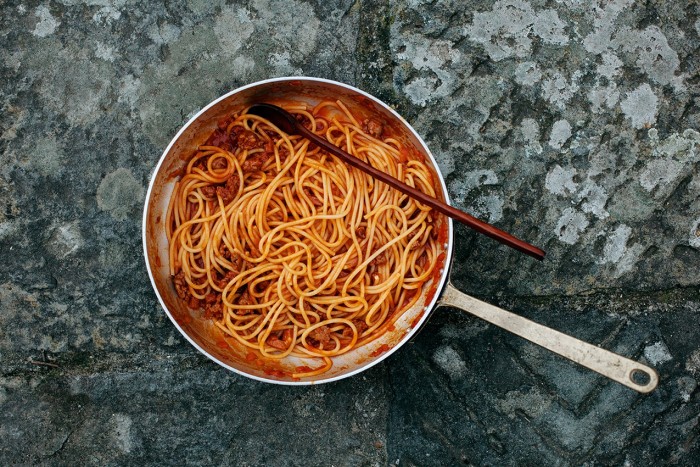
Pasta alla buttera
This dish hails from southern Tuscany’s Maremma, where butteri (cowboys) raised beef cattle for nobility. Like many Tuscan recipes, it’s about using what’s on hand – bits of prosciutto, pancetta, pork and fennel sausage, even chicken livers, anything to “beef up” this ragù that doesn’t actually have any beef in it. Feel free to adjust to what you have and use this recipe as a guide.
Serves 4
2 tbsp extra-virgin olive oil
1 onion, finely chopped
1 carrot, peeled and finely chopped
½ celery stick, finely chopped
1 clove garlic, chopped
30g prosciutto or ham, cut into strips
60g pancetta or bacon, cut into strips
2-3 sage leaves or 1 sprig rosemary, leaves chopped
300g of pork sausage, casings removed
125ml dry white wine (or water or stock)
200g tinned chopped or puréed tomatoes
320g dried pasta of choice
Grated Parmesan cheese for serving
Place olive oil in a wide skillet and, over low heat, cook the onion, carrot, celery, garlic, prosciutto, pancetta and herbs with a pinch of salt, stirring occasionally until vegetables have softened, for 10 minutes.
Add the sausages, crumbling the meat, and brown over medium heat. Pour over the white wine and cook for five to seven minutes.
Add the tomato purée along with 2 cups/500ml water and bring to a simmer. Cook on low for about 40 minutes, topping up with water as necessary and stirring occasionally until you have a thick sauce.
About halfway through, check for seasoning (this is a fairly robust sauce with lots of flavour, so you may not need any extra salt).
Towards the end of the cooking time, boil the pasta in a large pot of salted (about 1 tsp per litre) of water until al dente, then drain and toss with the sauce. Serve with grated Parmesan.
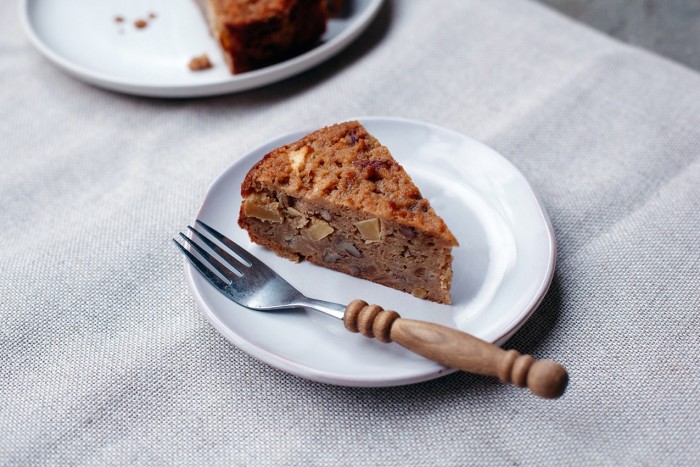
Bread, apple and jam cake
This is a rustic, forgiving, pudding-like cake. It’s comforting in the best ways but it’s also frugal, and for me there’s nothing as satisfying as transforming what would otherwise be thrown out into something delicious. I save up bits of stale bread until I have about half a large loaf’s worth. You might like to add a handful of sultanas or chopped walnuts. If you don’t have a lemon, consider a splash of rum, a dash of vanilla extract or a teaspoon of ground cinnamon or ginger. Fig, orange, apricot or blackberry jam are all good, but use whatever you have on hand. This cake is not too sweet and is perfect even for breakfast.
400g stale country-style bread or sourdough (about half a large loaf)
500ml warm milk
2 eggs, beaten
175g sugar
70g melted butter
1½ tsp baking powder
Juice of 1 lemon
2 apples, peeled, cored and diced
3 tablespoons jam
Roughly cut the bread into thick cubes and place in a bowl. Pour over warm milk and let sit until the bread is soft enough to mush or crumble by hand (about 15 minutes, or leave it overnight in the fridge if needed). Very hard crusts that don’t break down can be discarded. You can blend the bread mixture with an immersion blender or food processor, but I usually do this by hand.
Add eggs, sugar, butter, baking powder and lemon to combine. Stir through apples and jam (you can also decorate the top by swirling the jam over the top of the cake with a knife once it is in the tin, rather than stirring it through the batter – this looks lovely with a dark or brightly coloured jam such as blackberry or raspberry).
Pour into a greased and lined 22cm cake tin. Bake for 50-60 minutes at 180°C (fan) or until the top of the cake is deep golden brown and springy in the centre. If you’ve done the jam swirl and it cooks too quickly, cover the cake loosely with aluminium foil. It is delicious eaten warm. As it is quite moist, store leftovers in an airtight container in the fridge.
Comments